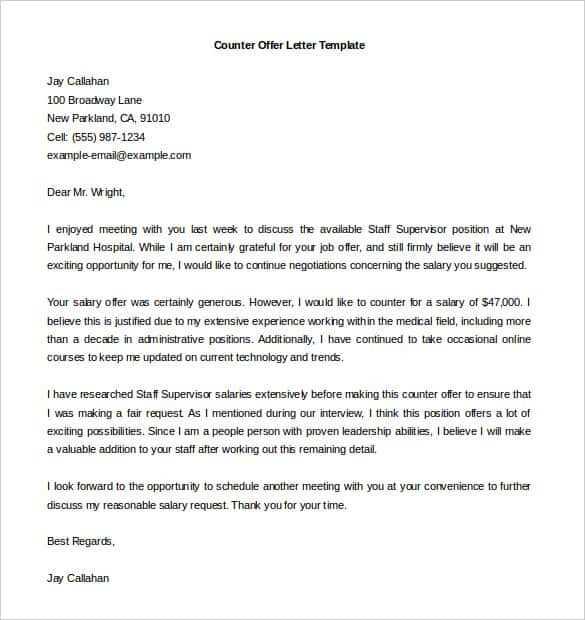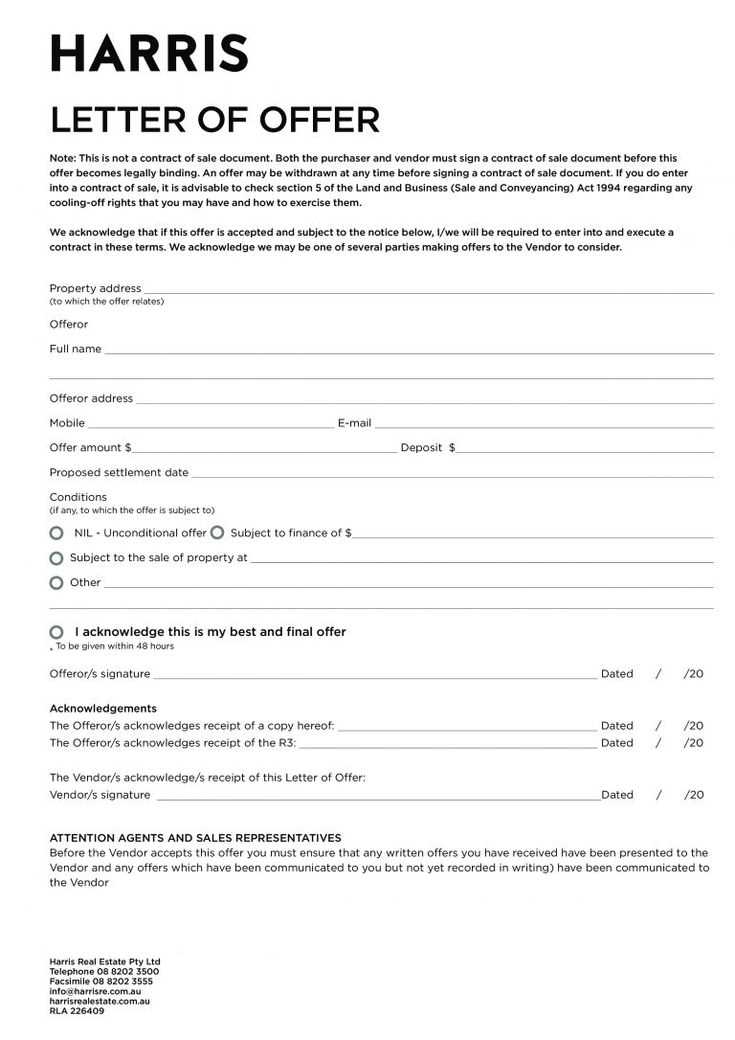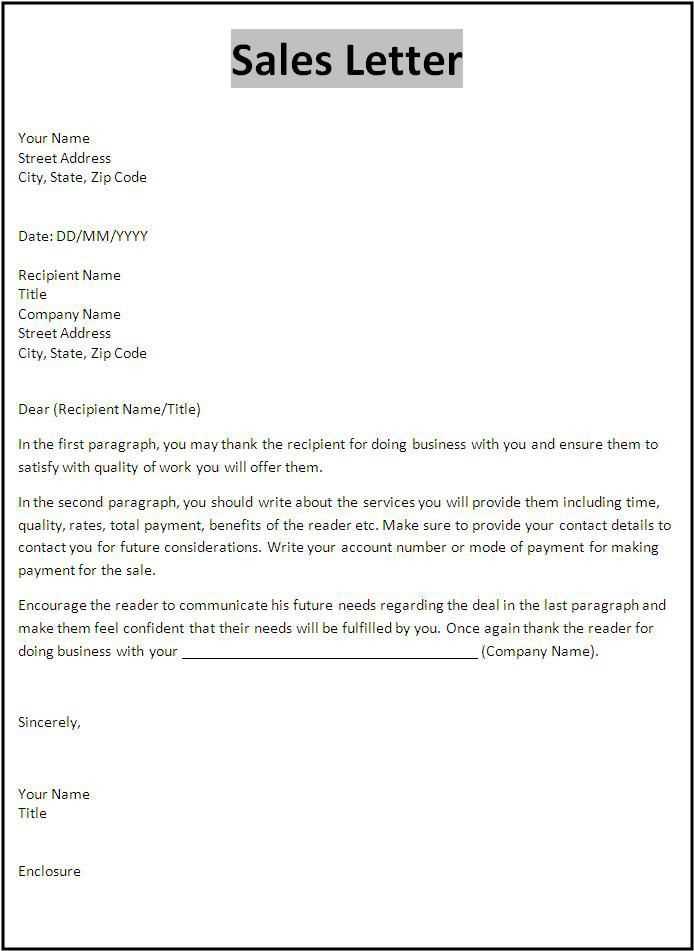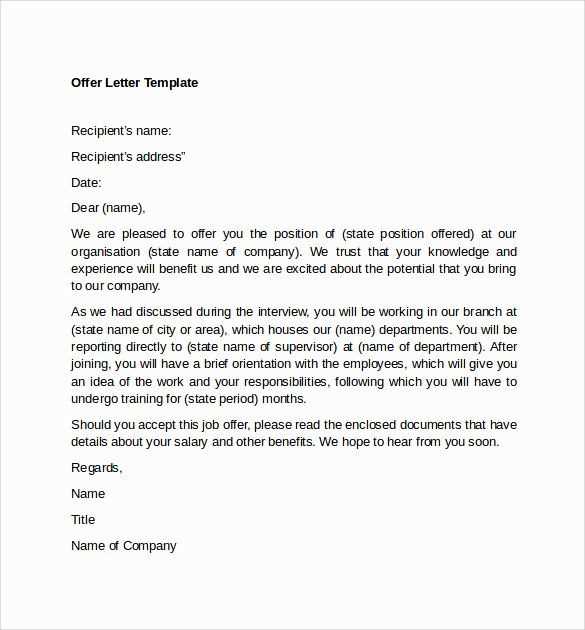Sales Offer Letter Template with Commission Structure

When bringing new team members on board, it’s essential to provide a document that clearly outlines expectations, rewards, and goals. This agreement serves as a foundation for mutual understanding between the employer and the individual, setting the stage for performance-based incentives.
It’s crucial to structure the arrangement in a way that motivates and aligns both parties. By clearly defining the compensation plan tied to results, you ensure transparency and foster a productive working environment. A well-organized proposal also helps prevent misunderstandings and creates a professional tone from the outset.
In this guide, we explore how to craft a comprehensive agreement, focusing on key details such as goal-setting, structure, and the types of rewards tied to achievements. This document will become a valuable tool for both new hires and their employers, promoting clarity and success in the professional relationship.
Crafting a Sales Offer Letter
When preparing a document for a new hire, it’s important to present all relevant details in a clear, structured manner. This helps the individual understand their role, expectations, and the terms of compensation. The document should serve as a formal yet welcoming introduction to the terms of employment, setting the stage for a successful partnership.
The primary goal is to convey the key elements of the agreement: performance expectations, key milestones, and the potential for additional rewards based on outcomes. This approach ensures that both parties are aligned from the start and helps avoid confusion later on. It’s essential to be specific while maintaining a professional tone, ensuring that every part of the arrangement is well understood.
Key Sections to Include
To ensure completeness, here are the most important sections to consider when drafting a comprehensive agreement:
| Section | Description |
|---|---|
| Role Description | Clearly define the position and expectations regarding job duties. |
| Compensation Structure | Outline the payment system, including base pay and performance-based rewards. |
| Goals and Milestones | Set specific targets that need to be met to qualify for rewards or bonuses. |
| Terms of Agreement | Clarify the length of the agreement, potential extensions, and termination conditions. |
Finalizing the Agreement
Once the details are laid out, it’s crucial to finalize the document with a professional closing. Ensure that the document includes a space for both parties to sign, indicating their acceptance of the terms. The final step should always involve reviewing the terms together to ensure complete understanding before the individual begins their role.
Understanding Commission Structures in Offers
Designing a performance-based reward system is crucial to ensuring that the goals of both the employer and the individual are aligned. Such systems provide clear incentives for achieving specific outcomes, motivating employees to meet or exceed expectations. The structure of these rewards can vary, and it’s important to design one that is both fair and transparent.
Incentive systems often come in several different models, each suited to different business environments and roles. Some may offer fixed bonuses tied to certain milestones, while others may link rewards directly to the financial impact an individual brings to the company. Understanding how to balance the base salary with performance rewards ensures that both the employee is motivated, and the business sees measurable benefits.
Types of Reward Systems
The most common models include flat-rate systems, tiered structures, and percentage-based rewards. Each has its advantages, depending on the desired outcome. A flat-rate model is simple but might not offer enough motivation for high performers, while a tiered structure can encourage continuous improvement and higher earnings for top achievers.
Setting Clear and Achievable Goals
For any incentive system to work, it must be tied to clear, attainable goals. This means setting realistic targets based on both the business’s needs and the individual’s role. A well-defined path to success ensures that employees know exactly what is expected of them and can work towards tangible rewards without confusion.
Essential Elements of a Commission Agreement

When creating a document that ties compensation to performance, it’s important to include all the necessary elements that clarify the terms of the arrangement. The primary goal is to ensure both parties understand the expectations, the rewards tied to specific achievements, and how performance is measured. A well-structured agreement not only promotes transparency but also helps avoid future disputes.
The agreement should clearly define several key components, including the role of the individual, the goals to be achieved, the structure of the rewards, and the conditions for payment. These elements work together to set a clear path for success and provide the employee with the tools they need to meet expectations effectively.
Key Components to Include

- Compensation Model: Outline how earnings will be determined, whether through fixed payments, bonuses, or a percentage of sales.
- Performance Metrics: Specify the targets and outcomes that must be met in order to qualify for rewards.
- Payment Terms: Clarify when payments will be made and any conditions that must be met before payments are issued.
- Duration of Agreement: Indicate the length of the agreement, including any renewal or termination clauses.
Setting Clear Expectations

It is essential to set clear expectations for both performance and compensation. This ensures that both the employer and the individual are aligned on the goals and the potential rewards. A successful agreement should motivate the individual to strive for better results, while also guaranteeing that the compensation structure is achievable and fair.
How to Set Clear Sales Targets
Establishing specific goals is essential for ensuring that both the employee and the employer are aligned in their expectations. Clear targets provide a roadmap for success, offering measurable milestones that individuals can strive for. Without precise objectives, it can be difficult to gauge performance, and motivation may diminish.
To create effective targets, it’s important to base them on realistic data and performance benchmarks. Each goal should be challenging but attainable, pushing individuals to reach their full potential without feeling overwhelmed. Setting the right type of goals can encourage accountability and foster a sense of achievement once they are met.
When defining targets, consider breaking them down into smaller, actionable steps. This will make the larger objectives feel more manageable and allow for periodic evaluations. By regularly tracking progress, adjustments can be made as necessary to keep the momentum going.
Formatting Tips for Professional Letters
Presenting information clearly and professionally is crucial when drafting any formal document. A well-organized layout not only makes the content easier to read but also conveys a sense of credibility and attention to detail. Proper formatting ensures that your message is communicated effectively and leaves a lasting impression on the reader.
Start by using a clean and consistent structure. Ensure that the text is properly aligned, with clear headings, sections, and paragraphs. Use bullet points or numbered lists to break down complex ideas into digestible parts. This will help the recipient quickly understand key details without having to sift through long paragraphs.
Key Tips for Formatting:
- Use a professional font: Choose clear, easy-to-read fonts like Arial or Times New Roman in a size between 10 and 12 points.
- Maintain adequate spacing: Ensure there is enough white space between sections and paragraphs to prevent the document from appearing cluttered.
- Align text properly: Keep the text left-aligned to create a clean, uniform appearance.
- Use headings and subheadings: Organize the content by using headings to separate different sections, making it easier to navigate.
By following these basic formatting principles, you can ensure that your document is both visually appealing and easy to understand, contributing to a more professional and polished presentation.
Common Mistakes to Avoid in Sales Offers
When drafting an agreement that ties compensation to performance, it’s essential to avoid common pitfalls that can lead to confusion or dissatisfaction. A poorly structured agreement may not only demotivate employees but also create potential legal or financial complications. Understanding these mistakes and proactively addressing them will ensure a smoother experience for both parties involved.
One major error is failing to clearly outline the terms of performance expectations and rewards. Ambiguity in these areas can lead to misunderstandings and disputes. Additionally, another frequent issue is neglecting to set realistic goals, which can result in frustration if targets are unattainable. Ensuring transparency and achievable milestones is crucial to the success of the agreement.
Vague or Unclear Terms
When the terms are not clearly defined, there is room for misinterpretation. Always provide detailed explanations for each section, especially when it comes to compensation and performance metrics. Both parties should have a shared understanding of the document’s meaning to avoid future conflicts.
Setting Unrealistic Expectations
Setting overly ambitious targets can lead to disengagement and decreased motivation. Goals should be challenging yet achievable, considering both the individual’s abilities and the organization’s needs. Offering rewards that are proportional to the effort required to meet the targets is essential for maintaining morale.